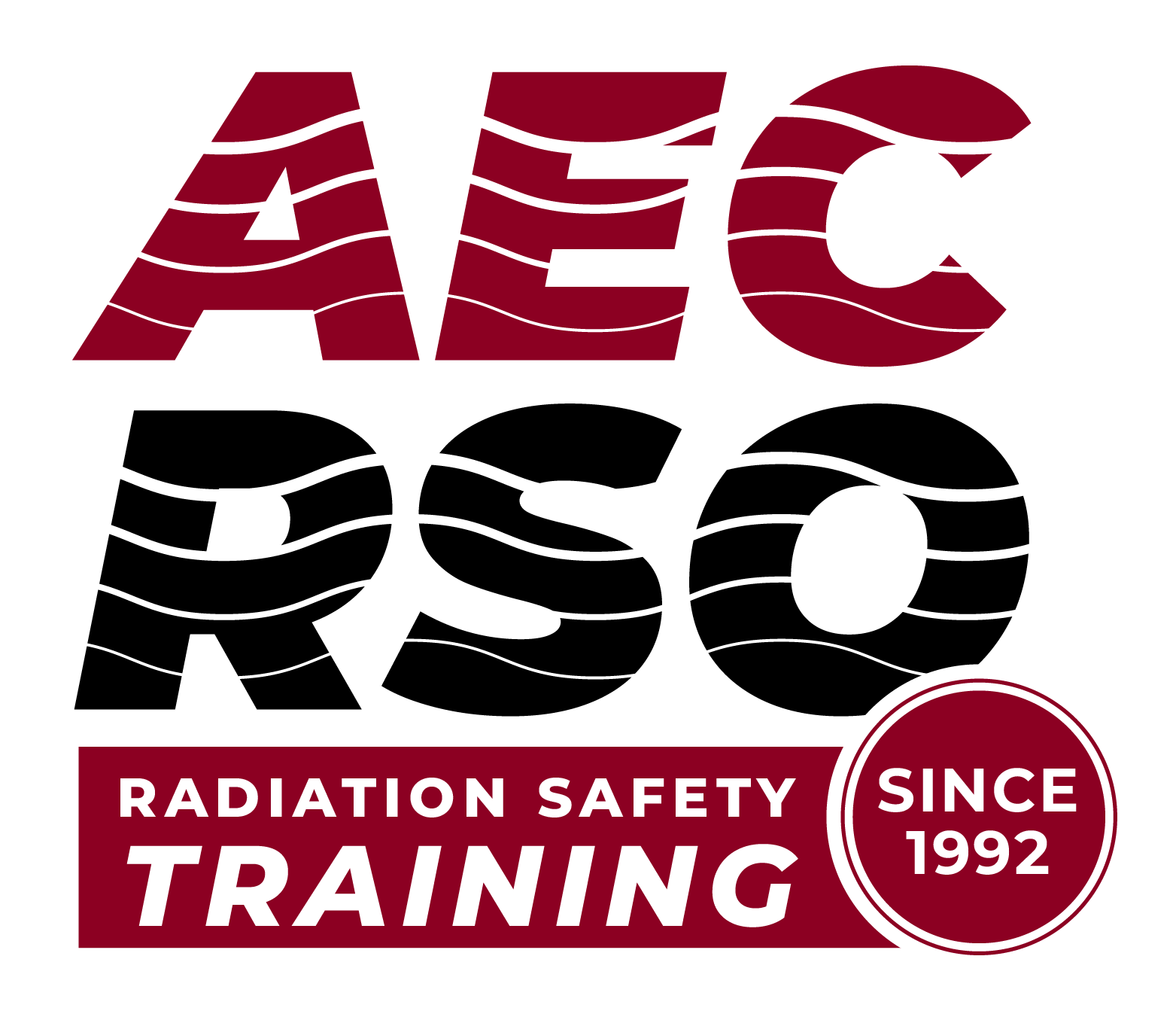TOPIC 6: Wearing PPE
Let’s explore the wearing of PPE.
—
For sites with loose radioactive materials (non-sealed sources), the wearing of the proper Personal Protective Equipment or PPE is essential.
—
If an airborne hazard exists, the RSO will prescribe the proper mask to use. There are four types of masks:
Dust –N95 masks are considered a dust mask
- ½ faced respirator
- full-faced respirator
- Self-Contained Breathing Apparatus (SCBA)
If wearing any of the masks, except the dust mask, an approved Respiratory Protection Program must be approved by your regulatory agency.
—
DUST MASKS
Filter masks remove large particles of dust only. They cannot be worn in any area with minimal oxygen levels and are not effective against volatile (non-particulate) radioactive materials. Contaminated air can easily come in from around the mask. These are never used for dust ladened with radioactive materials because they have no real protection factor.
—
AIRBORNE HAZARD
½ face mask or 1/2 face respirator provide a Protection Factor of 50. This means that the air breathed through the mask will have a concentration of 1/50 (or 2%) of the air outside the mask. For most applications, where an inhalation exposure is not expected by a release, a half-face mask will suffice. Special training is required to ensure the mask is worn properly and maintained properly. An approved Respiratory Protection Program must be approved by your regulatory agency to wear this type of mask which will most likely include a fit test to ensure the mask sits properly on your face.
—
FULL-FACED MASKS
A full-face mask is commonly used in the presence of airborne contamination. These masks provide better seals around the entire face than it would around just the nose and mouth with the half-face mask. The better seal provides a better Protection Factor. Cartridges are placed on the inflow of the mask to remove radioactive particulates. And, can use organic absorbers for volatile gases. Dual purpose cartridges are also available to handle radioactive materials combined with toxic/volatile gases. Just like the filter mask and half-face mask, this mask cannot be worn if the oxygen levels are low.
An approved Respiratory Protection Program must be approved by your regulatory agency to wear this type of mask which will include a fit test to ensure you are wearing it properly.
—
SCBA
The fourth level of respiratory protection is the Self-Contained Breathing Apparatus (SCBA). The supplied air mask provides a Protection Factor of greater than 1000. The mask is similar to the full-face mask with the exception of a hose that replaces the cartridges. Air is supplied from outside the contamination area or is provided in tanks carried by the worker. Supplied air respirators are used whenever greater protection from inhalation is required or whenever there is insufficient oxygen levels. Use of these masks require more endurance from the worker to wear the equipment and perform the work.
A Respiratory Protection Program must be approved by your regulatory agency to wear this type of mask.
—
After we worked in an area where we have loose contamination. We may wear one or even two layers of Tyvex and now want to get out of the Tyvex while keeping the contamination contained.
Now generally the worker will have another set of gloves on which will be contaminated which is removed first. These next layer of gloves should be relatively free of any contamination.
Now the trick is to get out of the contaminated Tyvex without releasing the contamination.
First we’re going to unzip the suit. Then we are going to remove the top and then roll the Tyvex so that the contamination always remains inside the roll.
We want to step out and gather it. If done right, all the contamination is contained inside the rolled up Tyvex.
—
As soon as we put on our gloves we have to assume they are immediately contaminated. We do this so we get into the habit of not touching things. Don’t touch parts of your body, scratch your face, move your fingers through your hair when you have gloves on. The important part is how do you take your gloves off without getting ourselves contaminated.
Whether you’re left-handed or right-handed, it doesn’t matter. Pinch where your palm is and pull the glove off. Ball it up in the hand still wearing the glove. Now you have a clean hand and the other one is wearing a dirty glove and also holding a dirty glove. You slip your clean fingers underneath the glove and peal it off so that when you got done you have both gloves with the contamination inside the glove. Tie it off and the contamination is contained. Now you can survey it and throw it away in the proper container.
